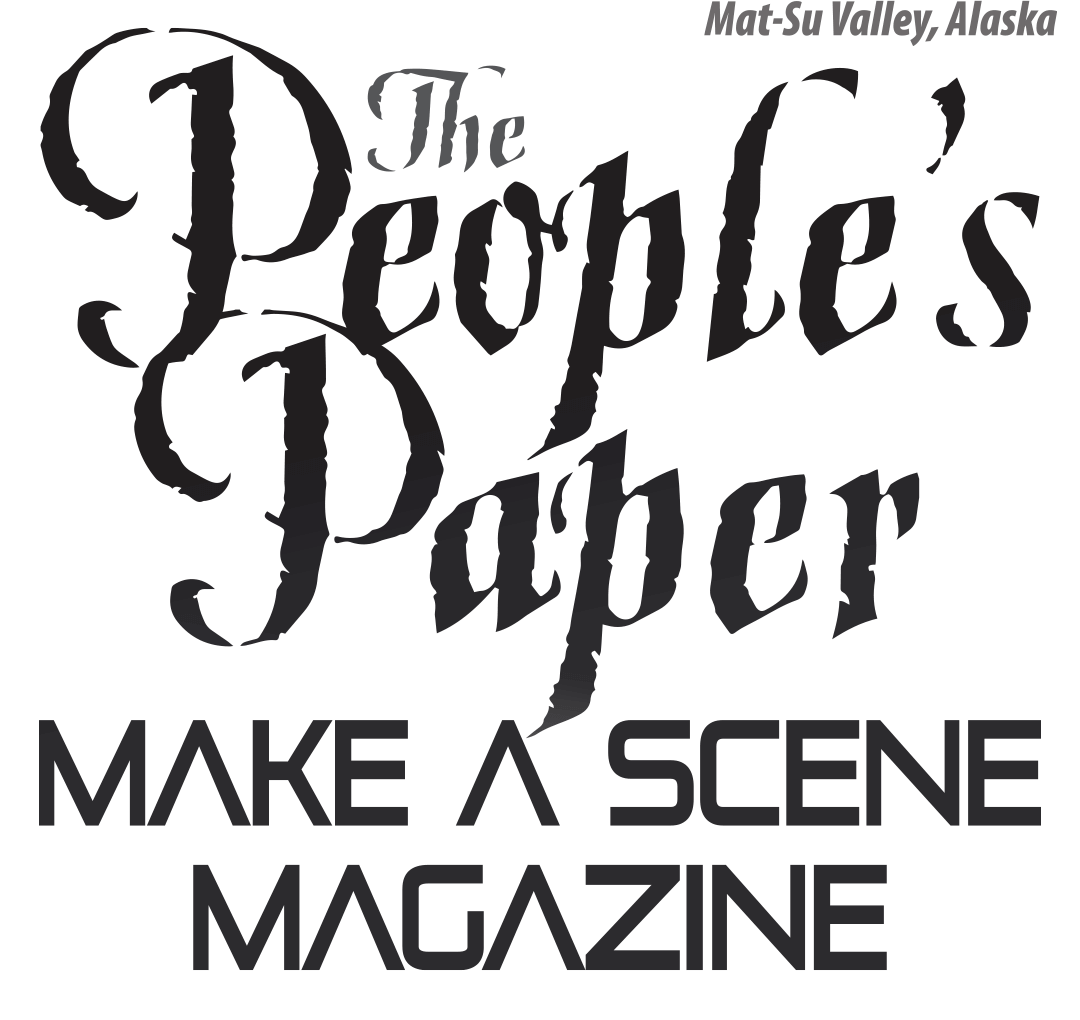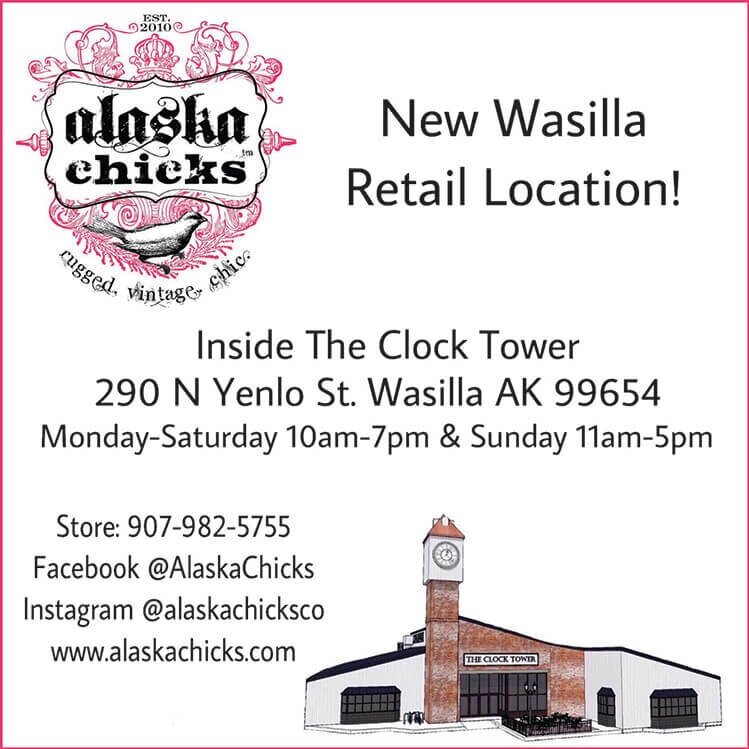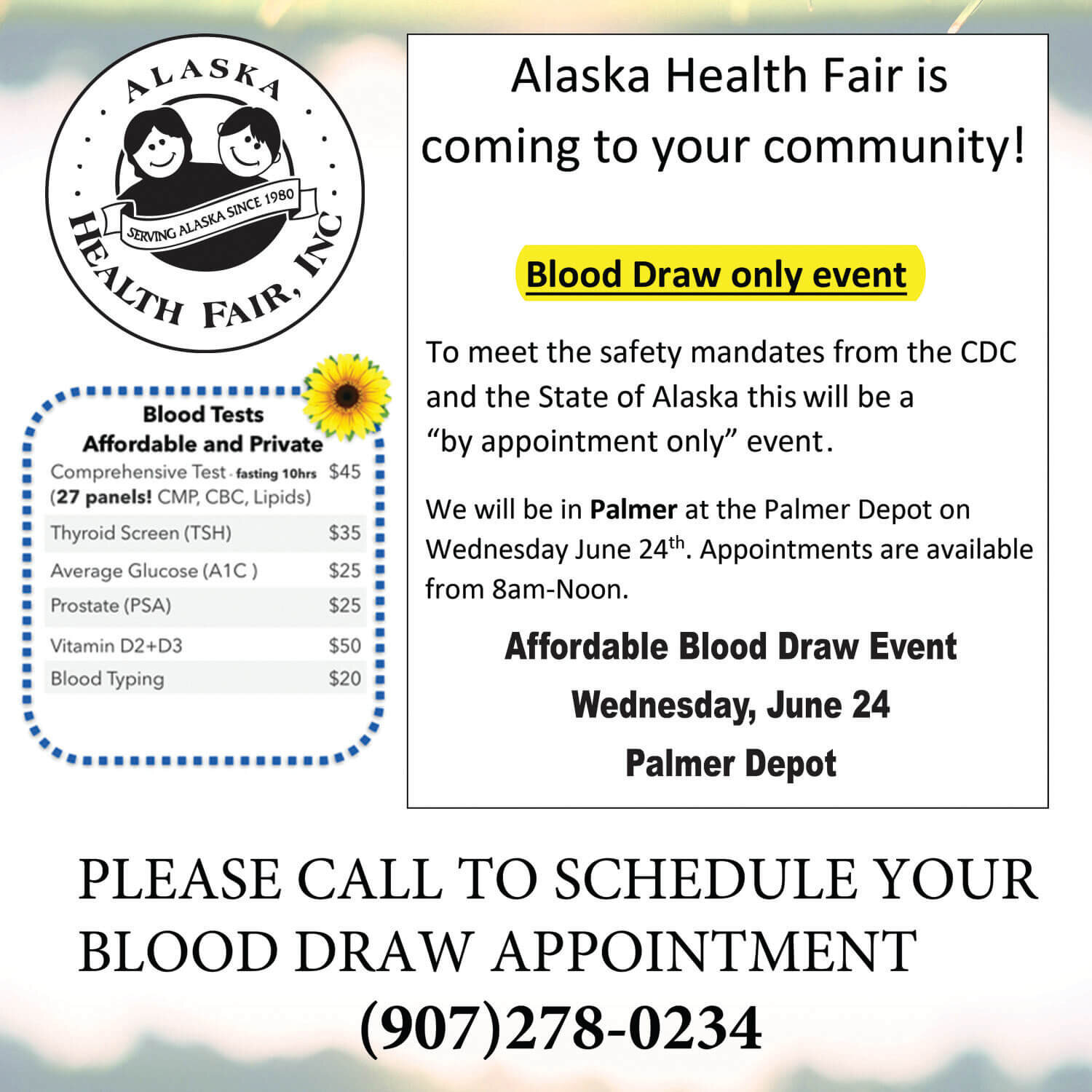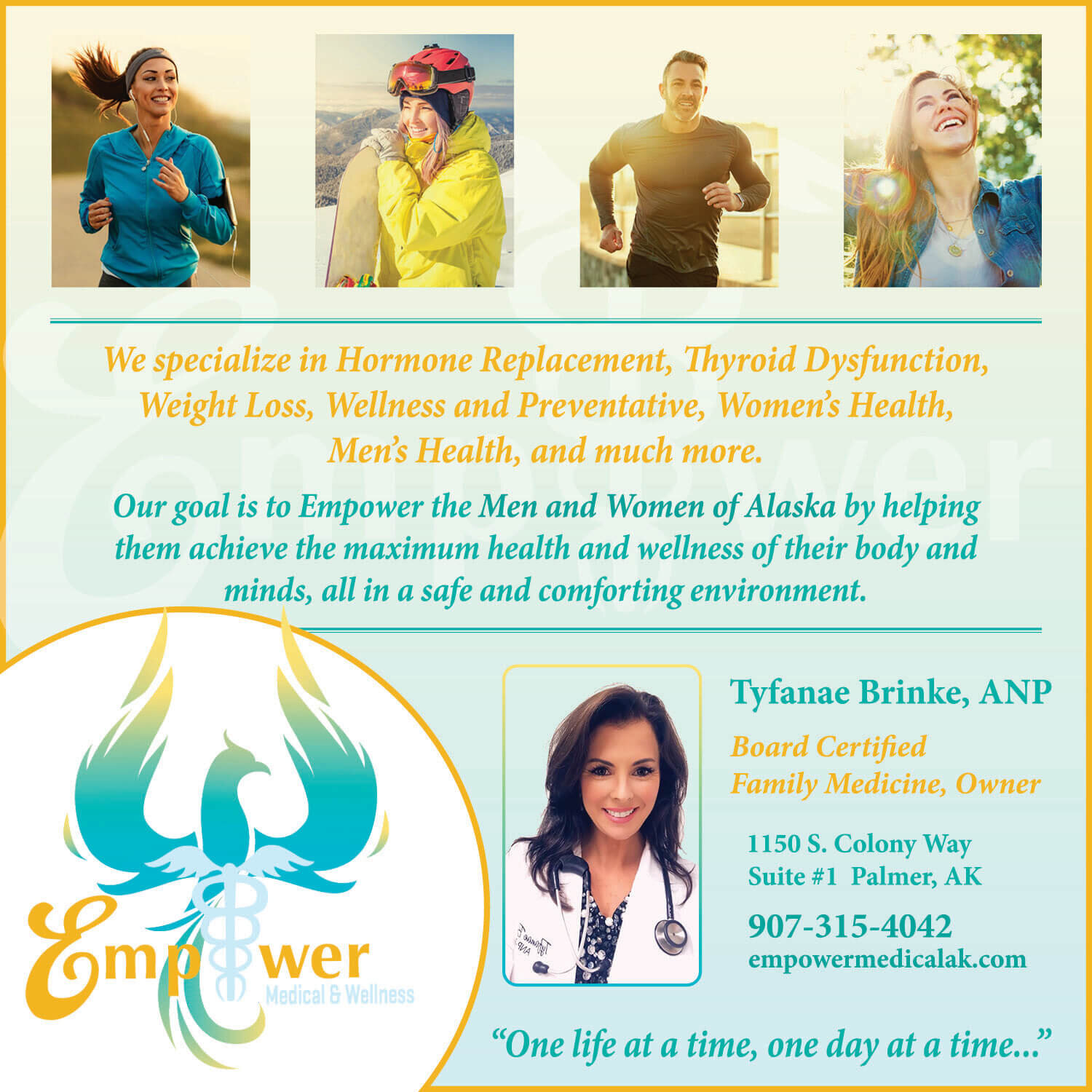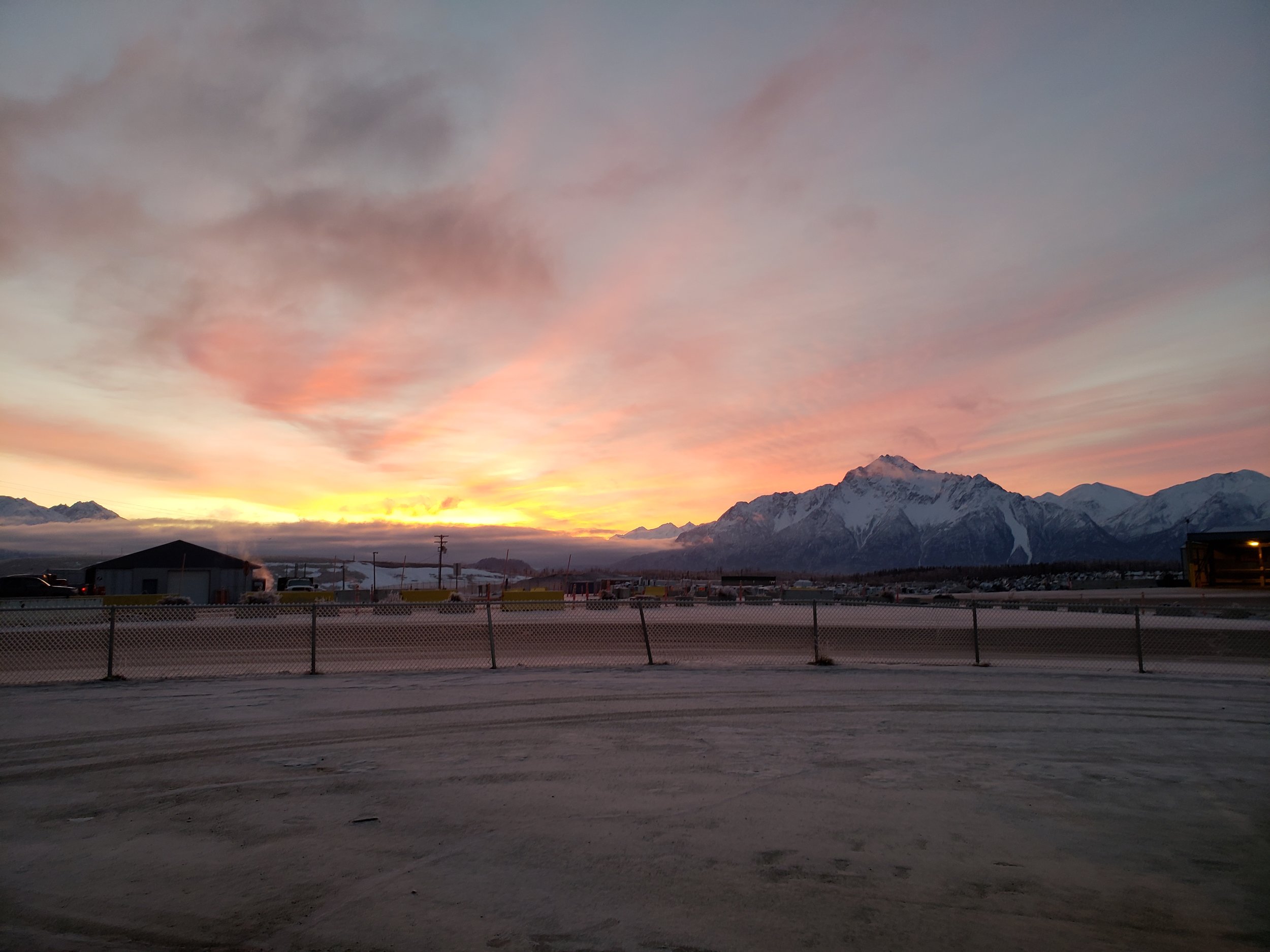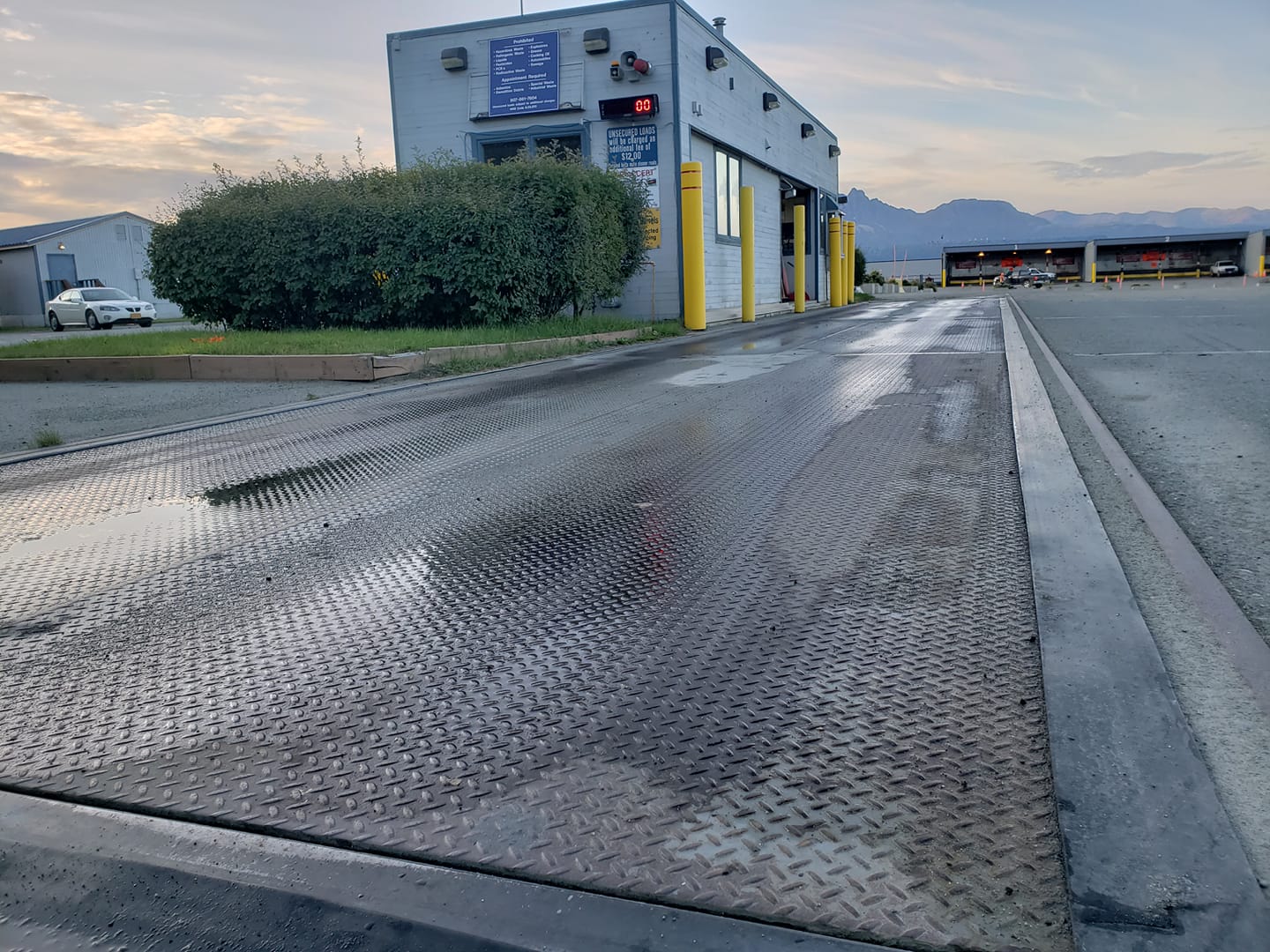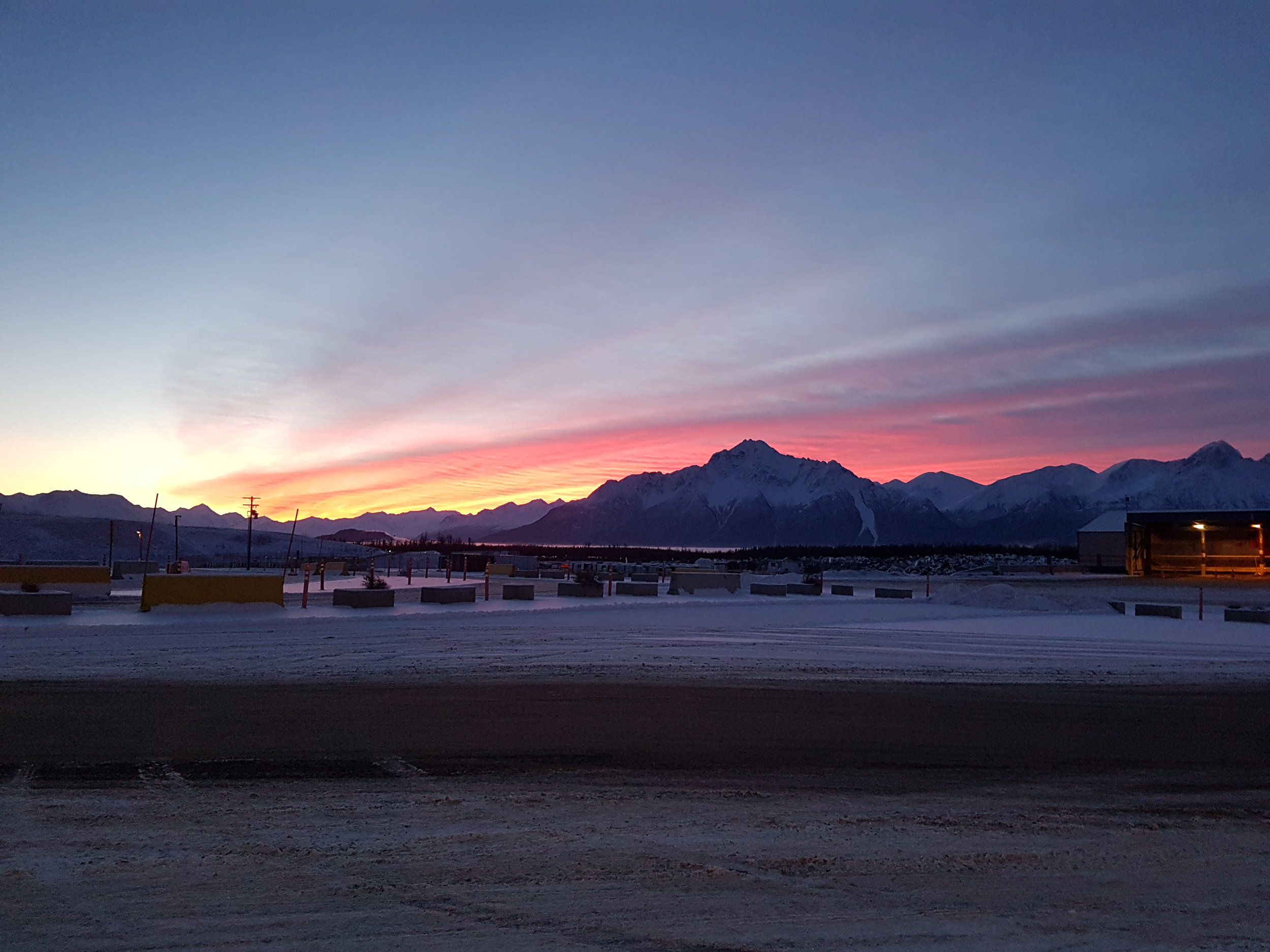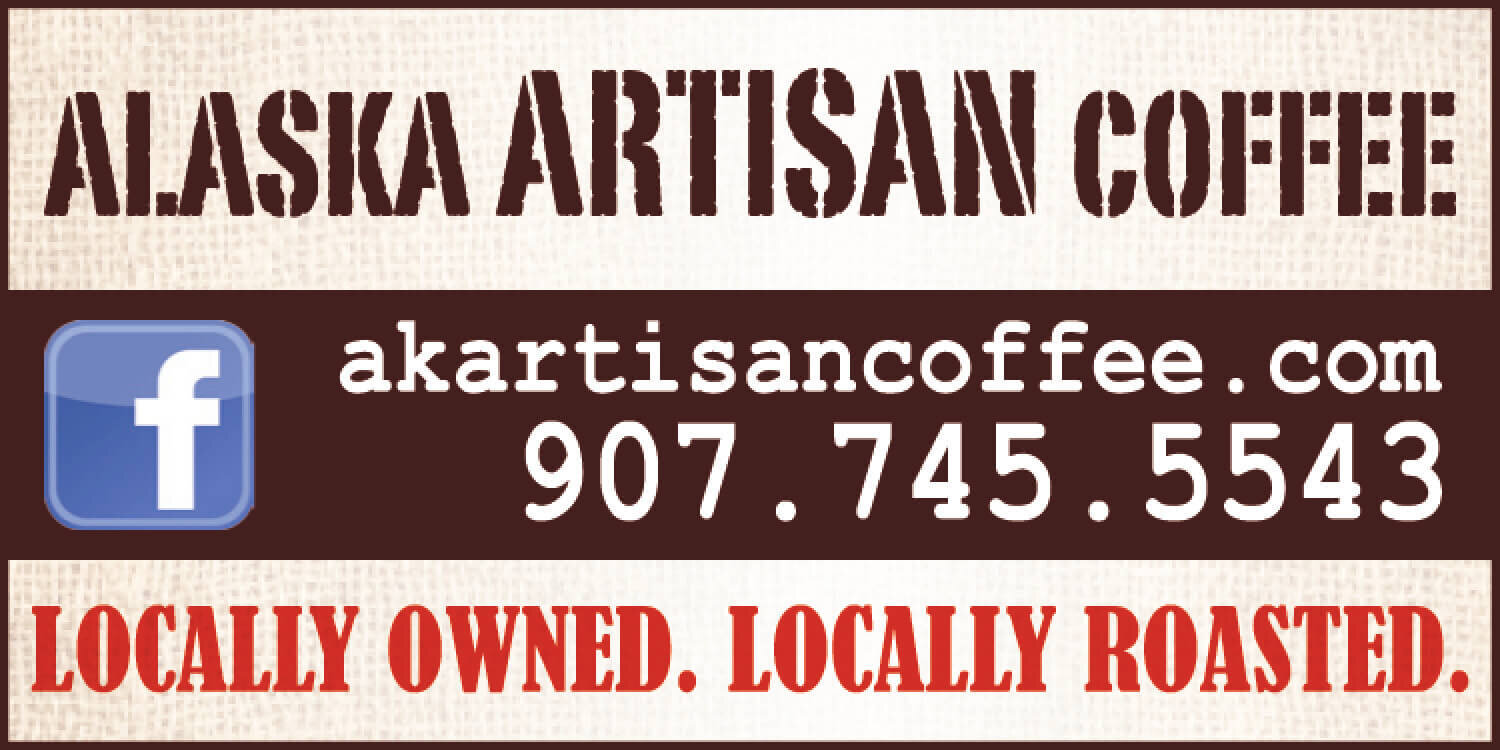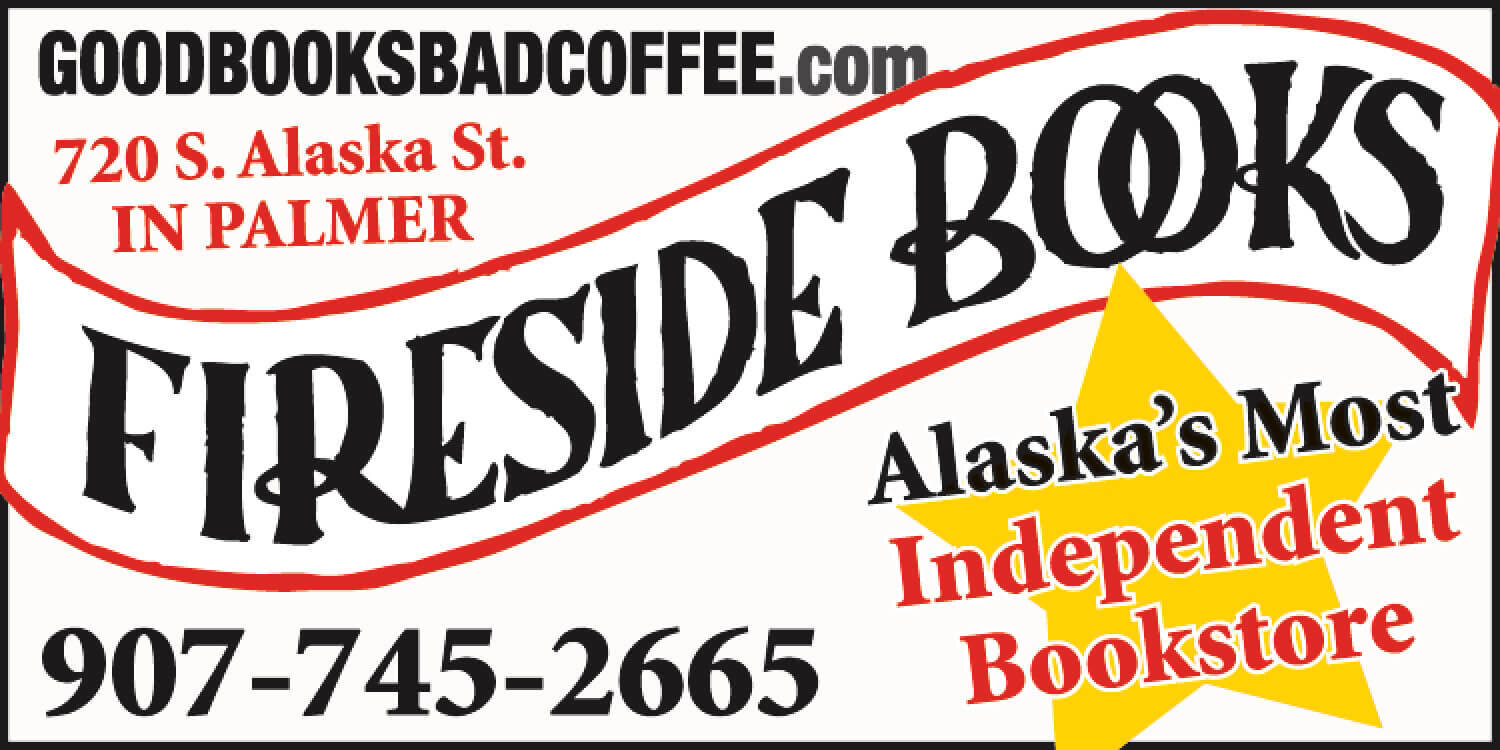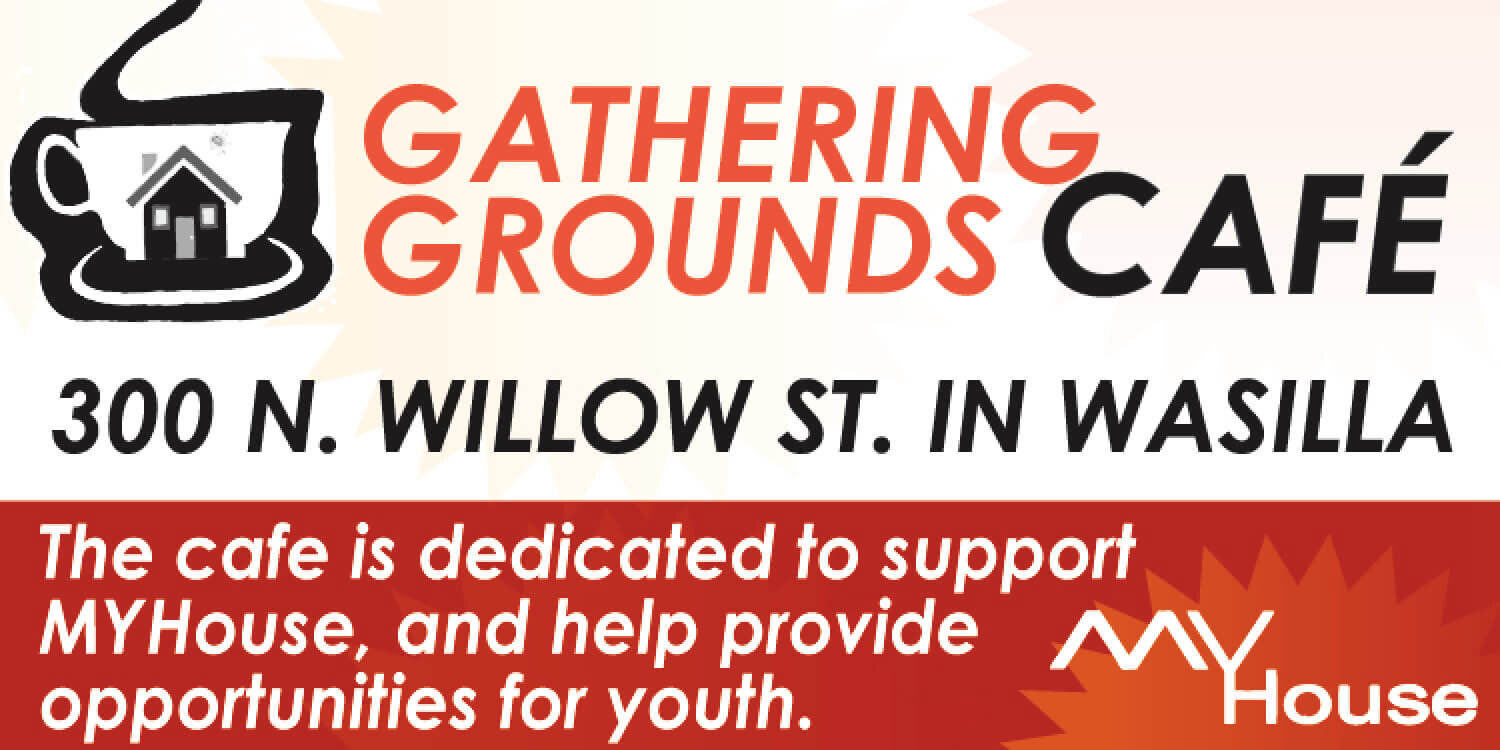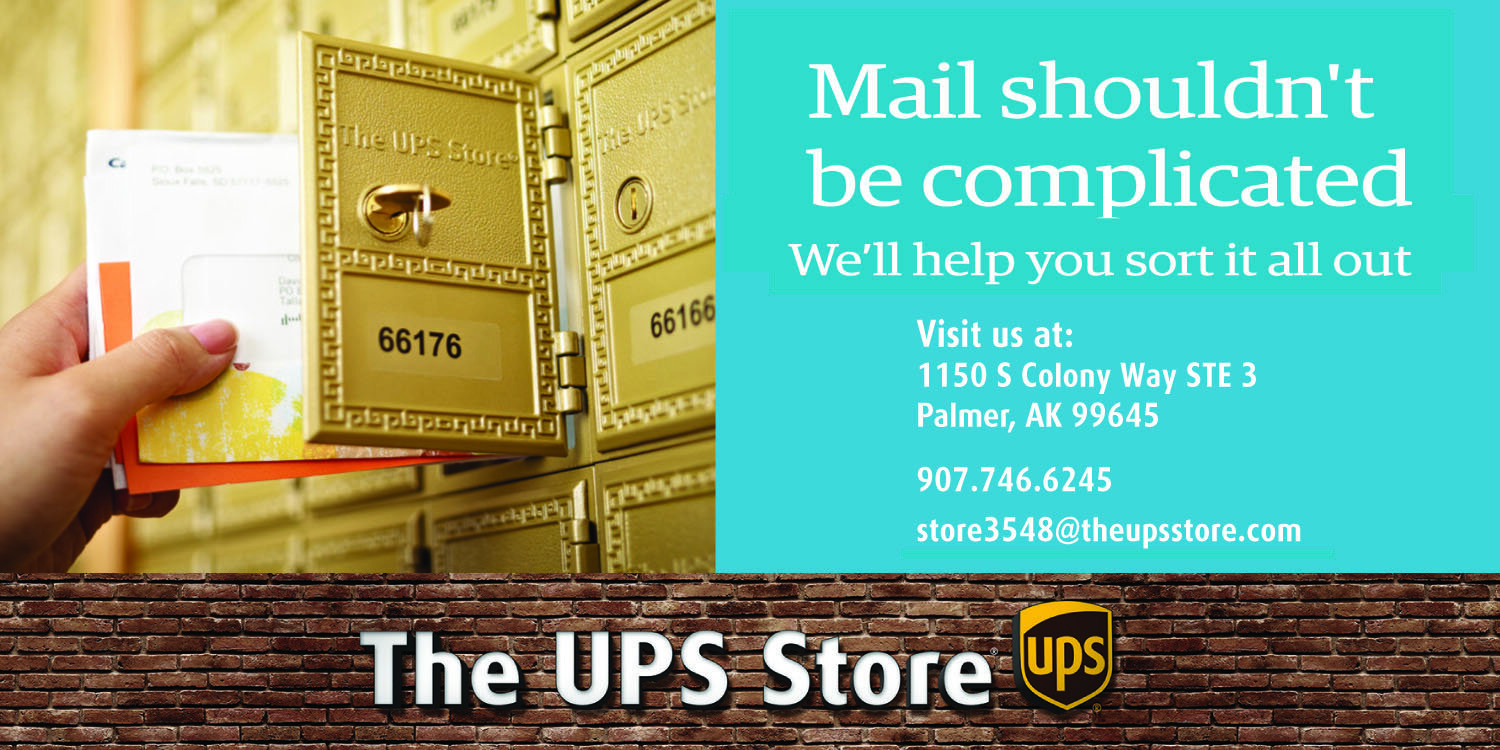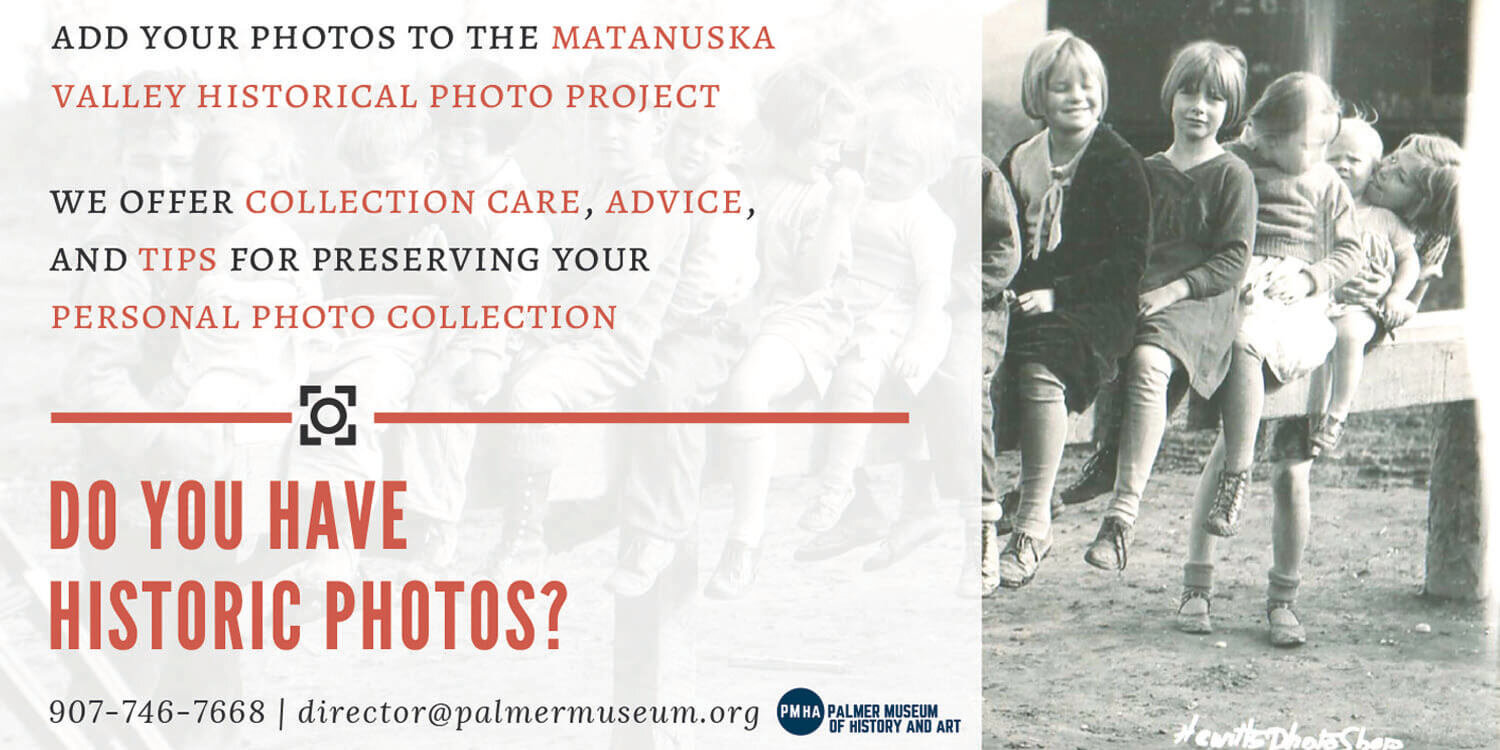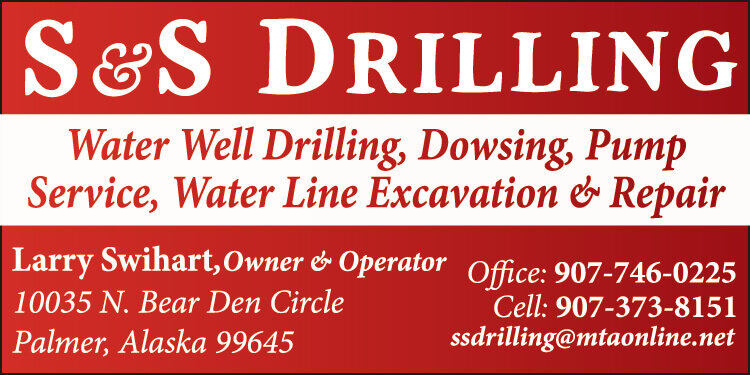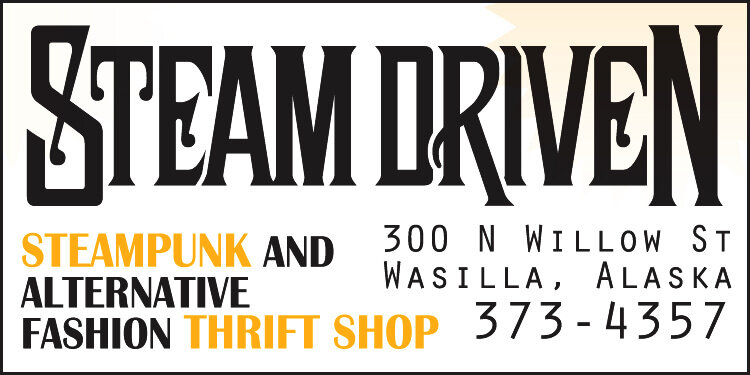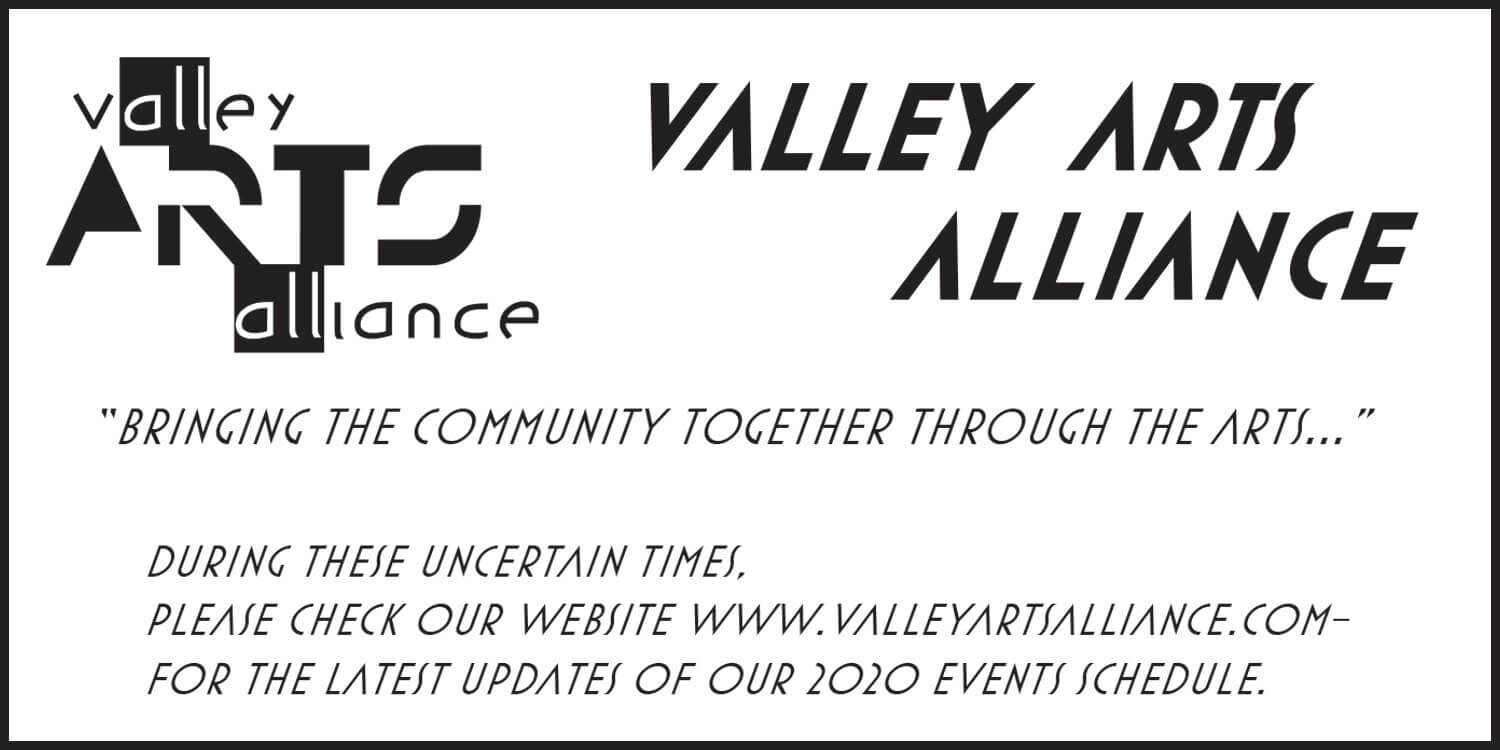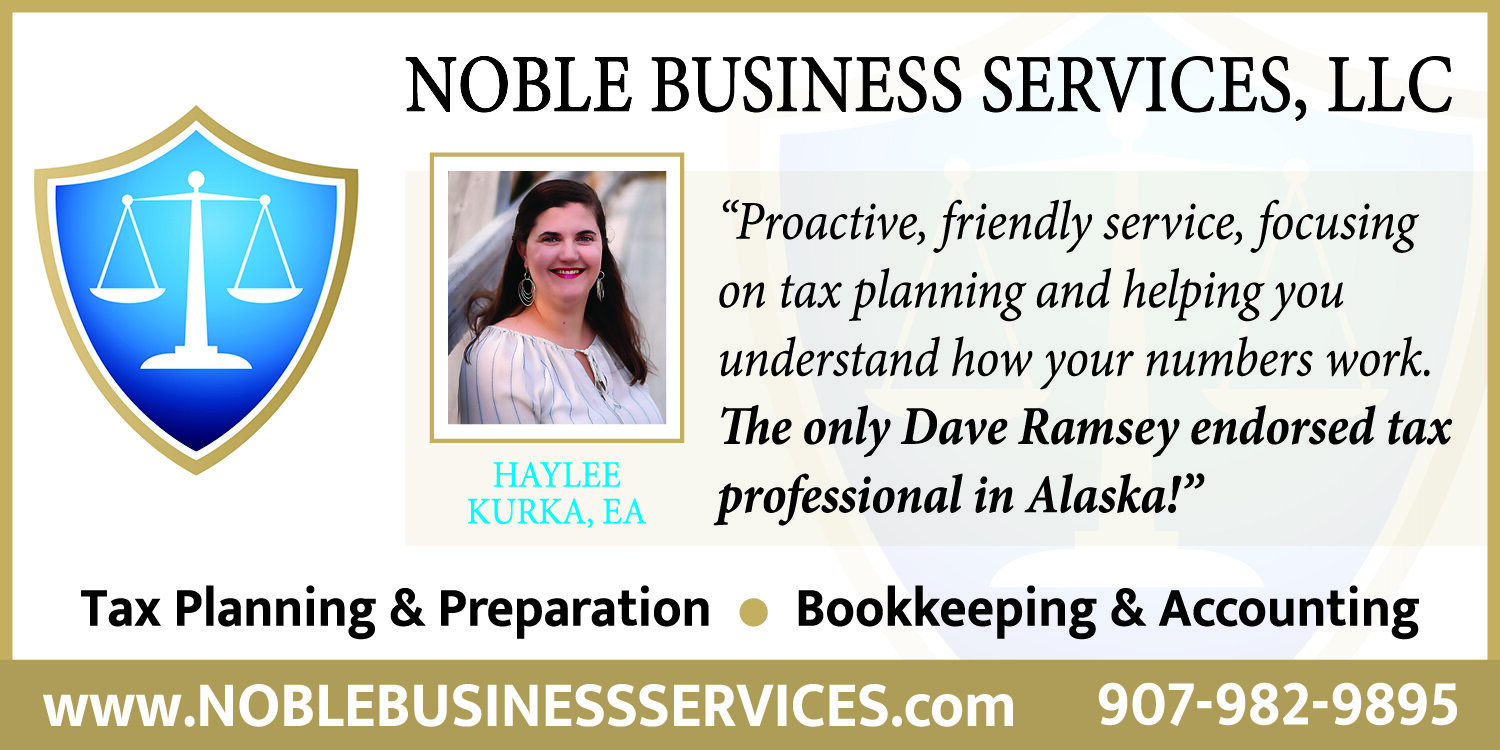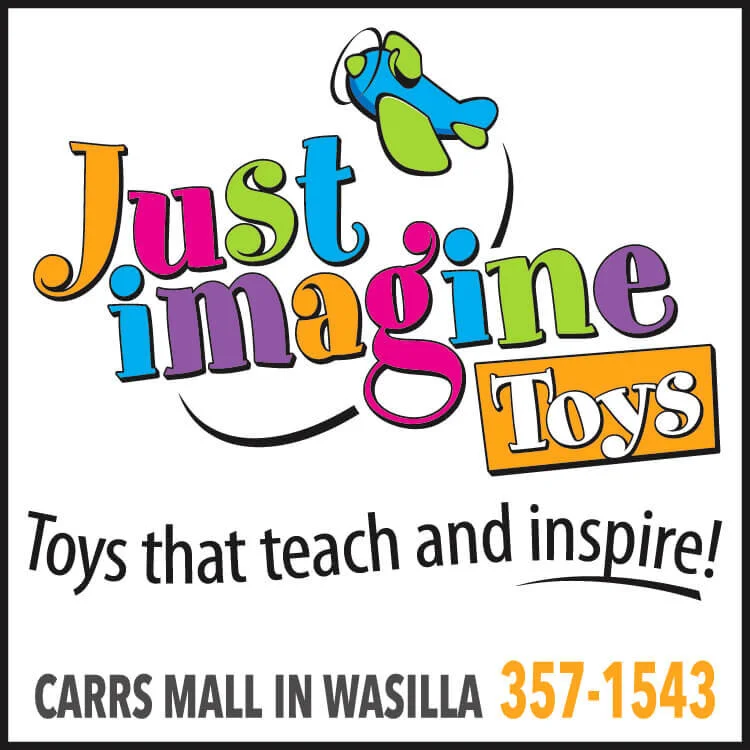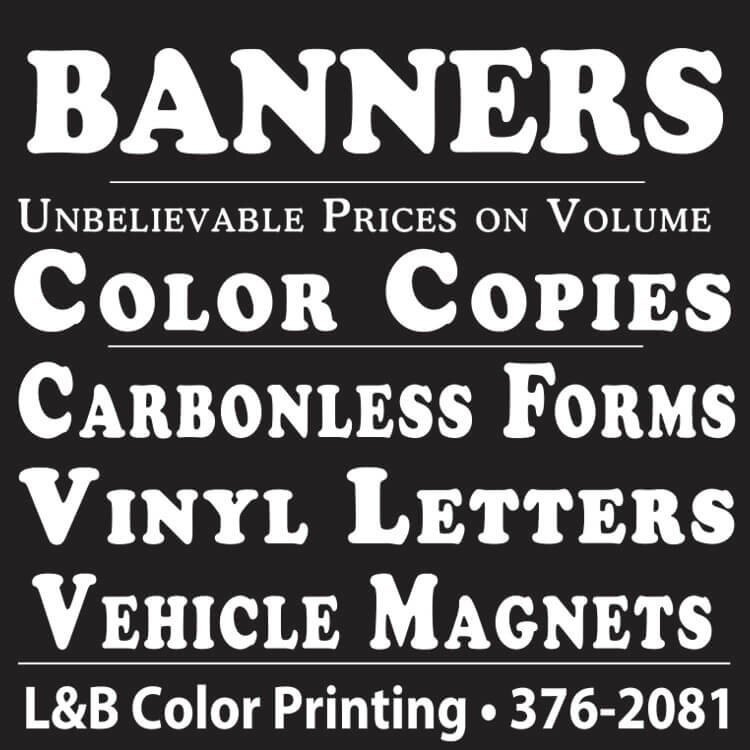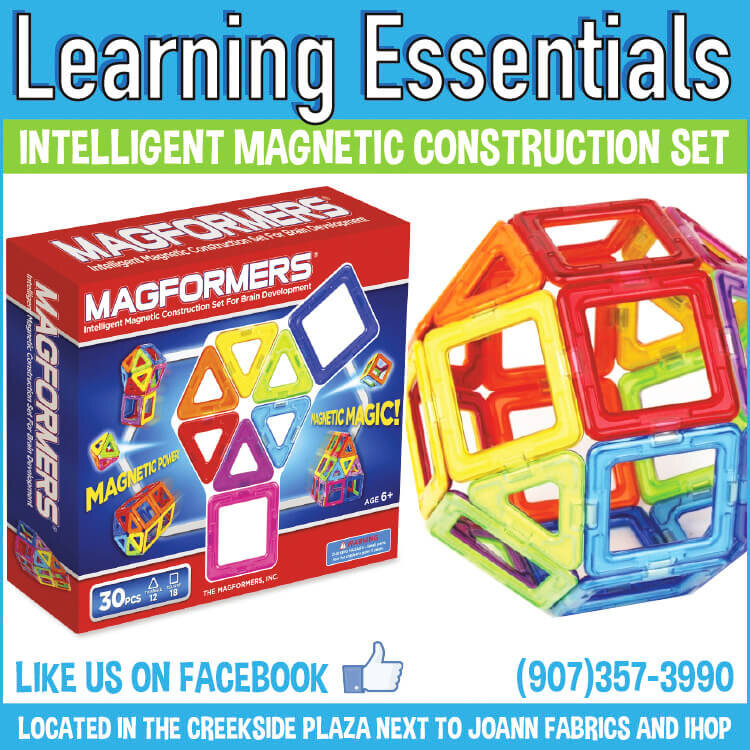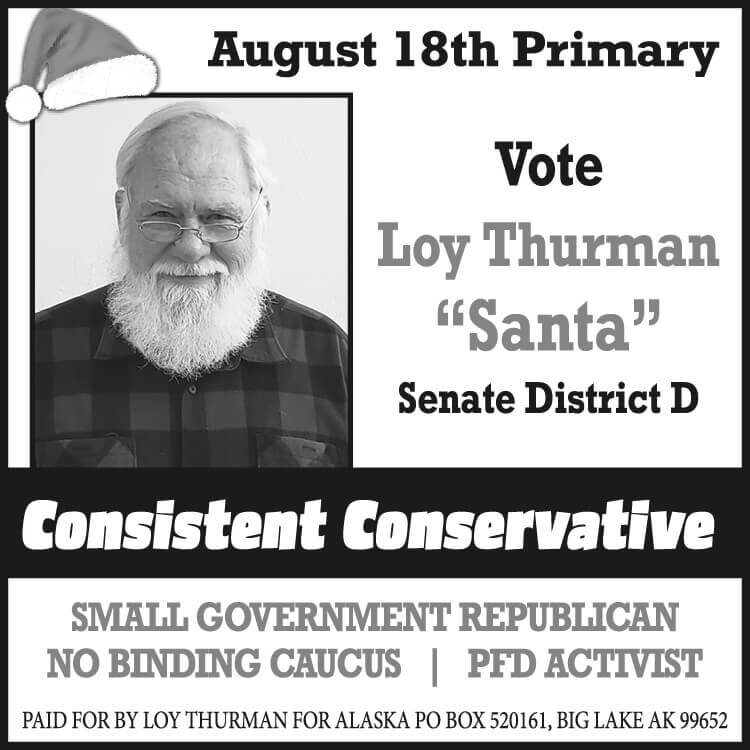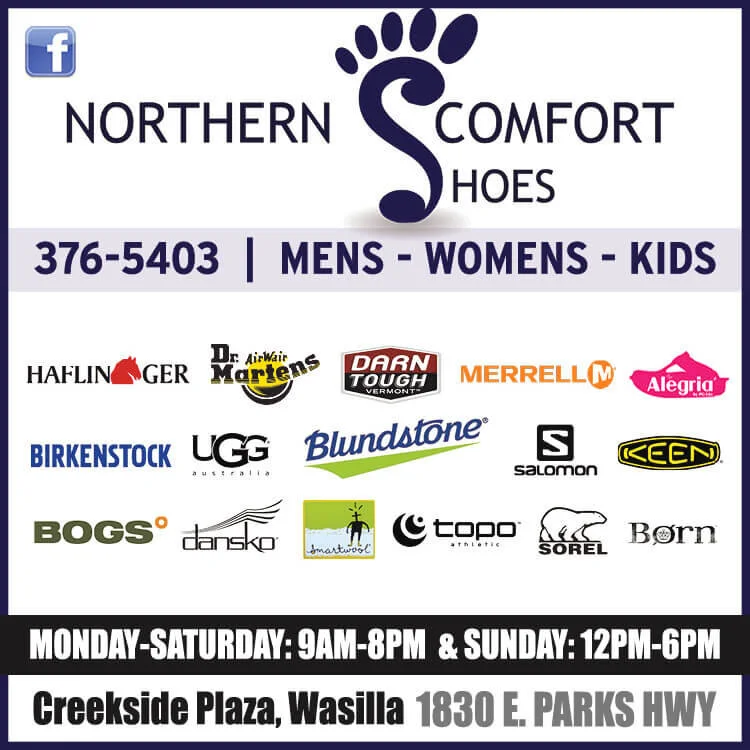Contributed by Carol Montgomery
In the January edition of The People’s Paper, we saw how Mat-Su came together to create Valley Community for Recycling Solutions (VCRS): (http://www.makeasceneak.com/midjanuary-2019/2019/1/17/they-said-it-couldnt-be-done-the-story-of-valley-recycling], and in February, what happens to recyclables after you bring them to VCRS: [http://www.makeasceneak.com/midfebruary-2019/2019/2/14/how-recycling-works-in-the-mat-su]. This month, we’ll see what happens to our trash, and why it’s important to keep as much material as we can out of the landfill.
What happens when you throw stuff away? For most of us, “away” means a trash can that gets picked up at our curbside, or a dumpster that we expect will be emptied in a timely manner. Some of us haul our own trash to the landfill and toss it away, driving away feeling lighter and unburdened. But what happens to all that material once we dump it, or it gets hauled off?
It’s tempting to think of landfills as a forgiving hole in the ground that will absorb our rapidly increasing amounts of waste, so that we never have to give it a thought. But unfortunately, it’s not that simple. Handling waste is a very expensive, technical and hazardous endeavor, far beyond what can be explained here, but the bottom line is, that landfills produce dangerous gases and create a highly toxic leachate. Increasing regulations to capture and regulate these toxins, along with the rapidly growing population in Mat-Su, have caused landfill costs to skyrocket.
Landfill cells must be lined with expensive materials, and toxic leachate captured. The groundwater is monitored for potential leakage into subsurface aquifers the minute the first piece of waste is thrown into the new cell. It costs an average of 6 million to build a cell, 1.5 million a year to maintain it, and up to 3 million to close it. Each cell will last about 8 years, so that’s a total of 21.5 million dollars every 8 years.
Who pays for this? You may be surprised to find that no tax dollars are used to fund the landfill. Instead, fees at the gate are still funding the entire operation. That is why fees have to go up when a big project like closing a cell and building a new one occurs.
The entire Crevasse-Moraine area, a popular trail system for skiers, hikers and bikers, is designated for future landfill space. Every time the landfill has to open a new cell it encroaches on this space.
In order to save space and money, the landfill has created separate areas for brush and grass, and construction materials that don’t need to be in a lined cell. Hazardous materials are collected and stored in a separate building. On hazardous waste days (Wednesday and Saturday 10-3), the public can come and help themselves to labeled containers of paint, pesticides and other chemicals that are dropped off.
Salvaging is not allowed in the construction and demolition area because of the danger involved. However, Mat-Su Valley Rebuild https://www.facebook.com/matsuvalleyrebuild/, an emerging non-profit, is working toward diverting salvageable construction and household items from the landfill. And, the Borough Landfill Manager is exploring options to divert food waste and other organic materials so that they can be composted.
But recycling is the key part of the plan to save landfill space. Dumping perfectly good materials such as cardboard and other paper, metal and aluminum cans, plastic bottles and jugs, and other recyclable materials into an expensive lined cell is a senseless waste that increases disposal costs for everyone. In order to keep these costs down, the Borough Assembly invests $52,000 annually in VCRS facilities payments and awards them a $75,000 grant to help with operating expenses. Since recycling began, in 1998, VCRS has kept 36,594,668 lbs. of material out of the landfill, saving approximately $3,293,530 in landfill space, or about 0.09 cents a pound.
During the current crisis in the recycling industry, VCRS continues to have committed buyers for its materials, even though the prices for some materials are so low they don’t cover costs. That is why VCRS recently created the Sustain Campaign to raise money that will serve as a financial safety net, covering operations when the markets go down, and unexpected events, such as equipment failures. With its building and new baler, VCRS staff can handle 5 times the amount it now collects – so it can meet the demands of the Valley’s rapid growth for years to come and is a great investment. You can find out more and donate to this campaign at http://valleyrecycling.org/how-can-you-help/sustain-campaign/.
And you can always help the cause by recycling! If you haul your own trash to the landfill, you can reduce your weight at the scales by taking a right turn and driving into VCRS first, where you can drop off your clean and sorted cans, plastic bottles and paper and more for free. For a list of everything you can recycle, check out valleyrecycling.org. If you drop your trash at a Transfer Station, many of them have separate containers for certain recyclable items. If you prefer curbside pick up, Ready Recycles (745-4224) will pick up your recyclables curbside for a reasonable fee.
Next month: Fun educational opportunities abound at VCRS.
